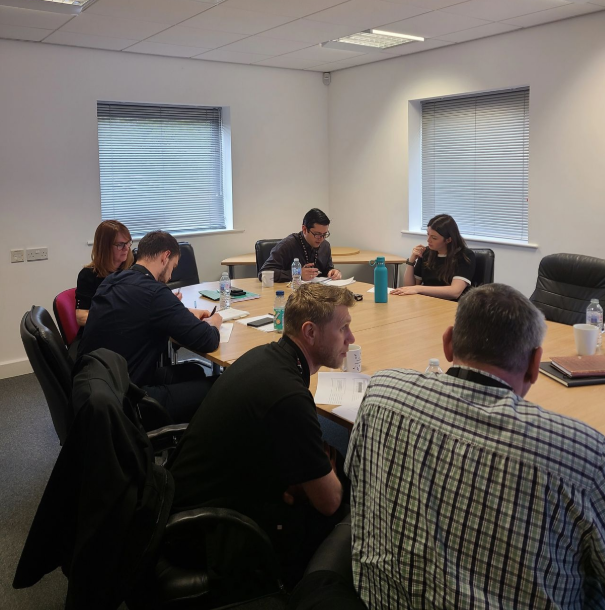From Firefighting to Futureproof: Building Teams That Last

Every leader knows the feeling: the day starts with a plan and ends with a list of urgent fires that had to be put out. Staff shortages, client issues, mistakes that need fixing. For many organisations, firefighting has become the default culture.
The problem is, firefighting might solve today’s crisis, but it undermines tomorrow’s potential.
The Cost of a Firefighting Culture
When managers are stuck in constant reaction mode:
• Teams disengage because they’re always patching problems, not building solutions.
• Mistakes multiply because people are rushed and distracted.
• Retention suffers as talented staff tire of the stress and look elsewhere.
In sectors such as KBB (kitchen, bedroom, bathroom), where deadlines are tight and coordination between sales, procurement, production and logistics is critical, firefighting can cost more than money. It risks reputation.
Shifting from Reactive to Proactive
The alternative is to build a culture where teams anticipate, align and improve continuously. That shift doesn’t happen overnight, it comes from embedding habits and pathways that make proactive behaviour the norm.
Future-proof organisations share three traits:
1. Managers who coach - Instead of firefighting alongside their teams, they develop people to solve challenges independently.
2. Clear standards - From directors to frontline staff, everyone knows what “good” looks like and how it’s measured.
3. Consistent rhythm - Regular workshops, reflection sessions and on-the-job learning embed improvements before fires start.
The Strategic Payoff
Organisations that make this shift see tangible benefits:
• Retention rises because staff feel valued and supported.
• Recruitment improves because candidates want to work for employers who invest in people.
• Boards gain confidence because improvements are visible and measurable.
• Customers notice because service feels consistent and reliable.
This isn’t just training and HR. It’s strategy. Consistent development is a lever that strengthens culture, reputation and performance.
How to Start Future proofing
You don’t have to overhaul everything at once. Leaders can take simple steps today:
• Introduce quarterly reflection sessions to review progress and reset goals.
• Equip managers with coaching frameworks they can use in everyday conversations.
• Build progression pathways so staff see a future inside the organisation.
• Track simple metrics (engagement, turnover, error rates) to show the impact.
Even small shifts reduce firefighting and move the culture towards resilience.
Closing Thought
Firefighting feels urgent, but it keeps organisations stuck. Future proofing requires a rhythm of learning and leadership that builds resilience, trust and momentum.
For organisations with layered teams and ambitious goals, consistent investment in people is the difference between surviving the day and building for tomorrow.
Strategic Professionals.



